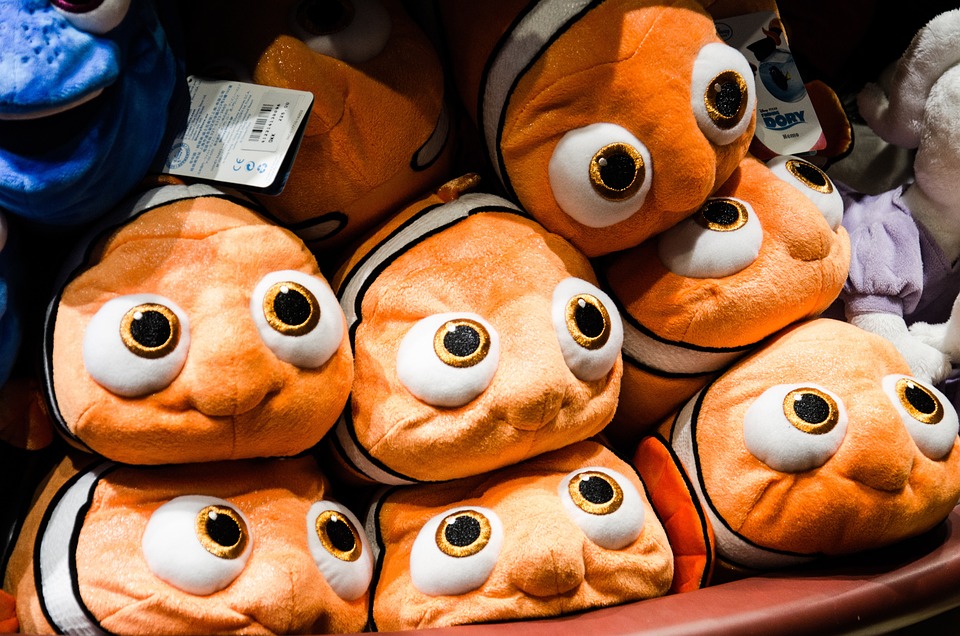Keeping fish in an aquarium is a popular hobby that brings joy and relaxation to many people. However, maintaining the health and well-being of these aquatic pets can be a challenging task. Fish diseases can quickly spread and cause significant harm to the fish population in an aquarium, leading to stress, higher maintenance costs, and even death. Fortunately, there is a solution to this problem – disease-resistant fish. In this article, we will explore the benefits of having disease-resistant fish in your aquarium, with a particular focus on live food culture.
Understanding Disease-Resistant Fish:
1. What Are Disease-Resistant Fish?
Disease-resistant fish are individuals that have a natural ability to resist common diseases and infections. These fish possess a stronger immune system, making them less susceptible to various pathogens and parasites that can harm other fish.
2. How Are Disease-Resistant Fish Cultivated?
Disease-resistant fish are typically bred through selective breeding programs. By selecting fish with strong immune systems and breeding them, aquarists can create a generation of fish with enhanced disease resistance.
3. Common Disease-Resistant Fish Varieties.
Some common disease-resistant fish varieties include guppies, mollies, swordtails, and certain strains of goldfish. These fish have been selectively bred for disease resistance and are more likely to thrive in an aquarium setting.
The Advantages of Disease-Resistant Fish:
1. Reduced Risk of Disease Outbreaks:
Disease-resistant fish offer several advantages in terms of disease prevention:
a. Enhanced Immune System: Disease-resistant fish have a stronger immune system, making them less susceptible to infections and diseases.
b. Reduced Stress Levels: These fish experience less stress due to their ability to fight off diseases, leading to a healthier and more relaxed fish population.
c. Better Adaptation to Aquarium Environment: Disease-resistant fish are more likely to adapt well to the conditions of an aquarium, reducing the risk of stress-related diseases.
2. Lower Maintenance and Treatment Costs:
Having disease-resistant fish can result in significant cost savings:
a. Decreased Need for Medications: With fewer disease outbreaks, the need for medications to treat sick fish is greatly reduced.
b. Reduced Risk of Cross-Contamination: Disease-resistant fish are less likely to spread diseases to other fish in the aquarium, reducing the risk of cross-contamination.
c. Less Frequent Water Parameter Adjustments: The overall health and resilience of disease-resistant fish mean that aquarists can spend less time and effort adjusting water parameters to maintain optimal conditions.
3. Increased Lifespan and Overall Well-Being:
Disease-resistant fish offer numerous benefits to their overall well-being:
a. Improved Growth and Development: Disease-resistant fish tend to have better growth rates and overall development, leading to healthier and more robust individuals.
b. Enhanced Coloration and Vibrancy: These fish often exhibit more vibrant colors and patterns, adding beauty and visual appeal to the aquarium.
c. Higher Reproductive Success: Disease-resistant fish are more likely to reproduce successfully, ensuring the long-term sustainability of the fish population in the aquarium.
Live Food Culture: Boosting Disease Resistance:
1. What is Live Food Culture?
Live food culture involves the cultivation and feeding of live organisms, such as brine shrimp, daphnia, or blackworms, to the fish in the aquarium. These live organisms offer numerous benefits to the fish’s health and well-being.
2. Benefits of Live Food Culture for Fish:
Incorporating live food culture into your fish’s diet can have the following advantages:
a. Natural Nutritional Value: Live organisms provide a rich source of essential nutrients and vitamins that are often lacking in processed fish food.
b. Improved Digestive Health: Live food stimulates the fish’s digestive system, promoting better digestion and nutrient absorption.
c. Stimulation of Hunting Instincts: Feeding live food allows fish to engage in natural hunting behavior, keeping them mentally stimulated and active.
Frequently Asked Questions (FAQs):
1. Can I introduce disease-resistant fish to an existing aquarium?
Yes, disease-resistant fish can be introduced to an existing aquarium. However, it is essential to quarantine them first to ensure they are free from any diseases that could harm other fish.
2. Are disease-resistant fish genetically modified?
No, disease-resistant fish are not genetically modified. They are selectively bred to enhance their natural disease resistance.
3. How can I identify disease-resistant fish?
Consult with reputable fish breeders or pet stores that specialize in disease-resistant fish varieties. They can provide information on specific breeds known for their disease resistance.
4. Is live food culture suitable for all fish species?
Live food culture is generally suitable for most fish species. However, it is essential to research the specific dietary needs of your fish to ensure they receive a balanced diet.
5. Can live food culture replace regular fish food completely?
Live food culture can be a beneficial addition to a fish’s diet, but it should not replace regular fish food entirely. A combination of live food and high-quality commercial fish food is recommended for a balanced diet.
6. How often should I feed my fish live food?
The frequency of live food feeding depends on the species of fish and their dietary requirements. It is advisable to consult with a fish expert or do research on the specific needs of your fish.
7. Are there any risks associated with live food culture?
Live food culture does come with some risks, such as introducing parasites or pathogens into the aquarium. It is crucial to obtain live food from reputable sources and properly quarantine and treat it before feeding it to your fish.
Conclusion:
Incorporating disease-resistant fish into your aquarium and embracing live food culture can bring numerous benefits to both your fish and yourself as an aquarist. Disease-resistant fish provide a safer and more enjoyable aquatic environment, while live food culture enhances their natural instincts and boosts their immune system. By following the guidelines outlined in this article, you can ensure the well-being and longevity of your fish, creating a beautiful and thriving aquarium ecosystem. Remember, prevention is always better than cure when it comes to fish health!









